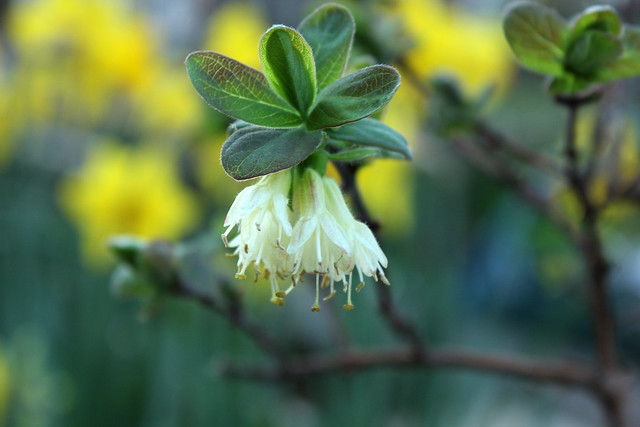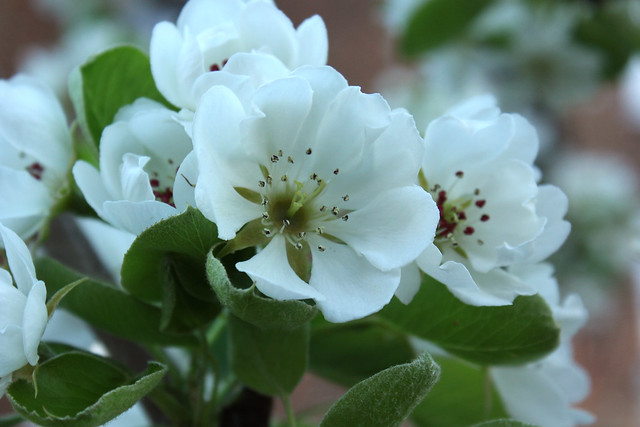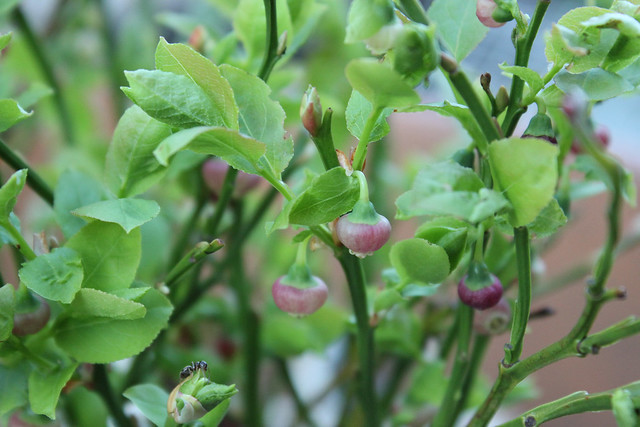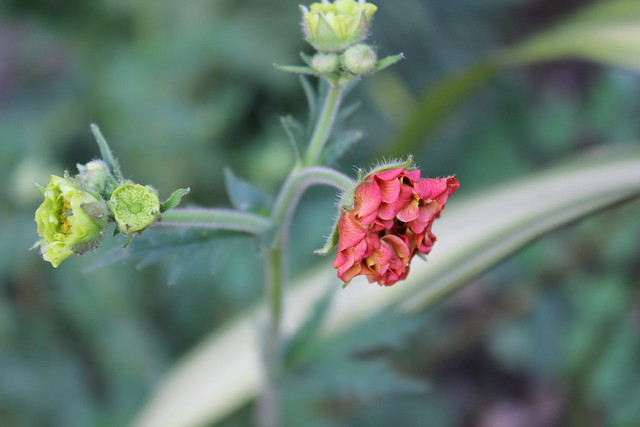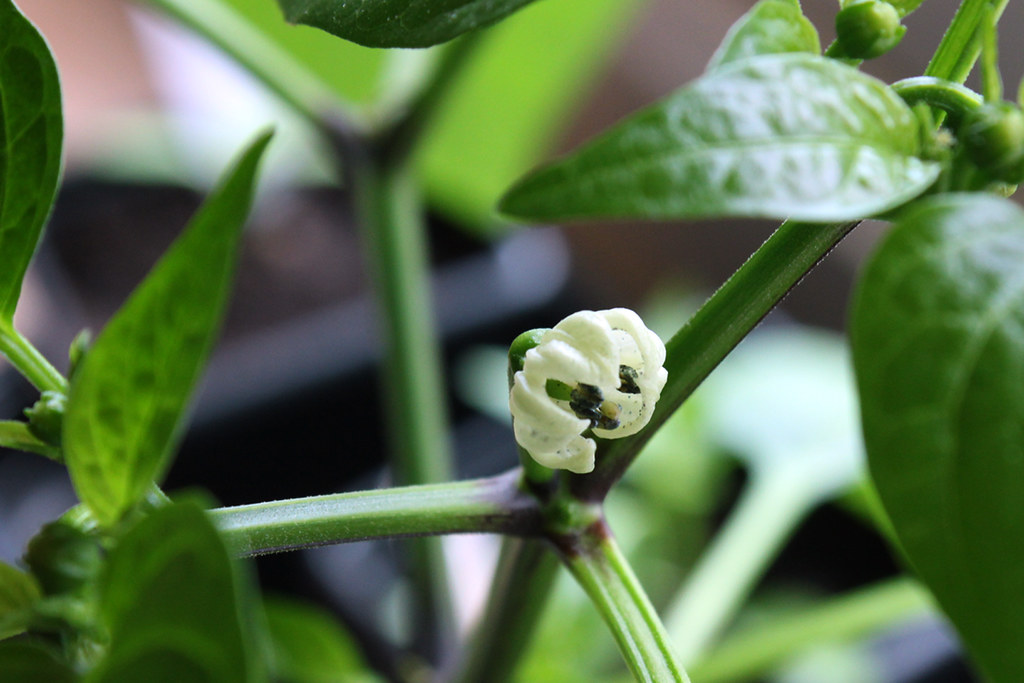
I love that the rain has made all the flowers bloom spectacularly, especially the purple pompom flowers of chives - they look so good against the green leaves and the bees adore them. Such is my admiration for this noble herb that I planted a clump in my 'drought' border (the hose doesn't reach there) among perennials, grasses and alpines - to be looked at, not eaten.
The other clump sits, appropriately, in my herb bed where it's currently flowering prolifically. Every plant (not just chives) is genetically predisposed to perpetuate itself which is why it wants to flower and thus set seed. To thwart my chive into flowering for longer, I deadhead as soon as the flowers start to fade so that new flowers are coming up all through the summer to delight my bee visitors.
The petals of the flowers can be eaten and taste, rather obviously, like sweet onions. Just pick the individual bulbils off the head and scatter over a salad - with other edible petals, if that's your thing. For a simple lunch, I like to chop the leaves into an omelette (add cheese as well if you like) and scatter the petals over the top as a garnish - delicious, quick and more sustaining than a packet of cheese and onion crisps!
Of course, all this ch-ch-ch-chive talking is so I can introduce an intriguing dressing that I came across recently - chive flowers with honey and cider vinegar. (Thank you omnipresent Swedish furniture company, recipe below.) It allegedly pairs well with rocket and mustardy oriental leaves like mizuna and tat soi. Alternatively, it can be used to dress a warm potato salad or pan-fried bok choy, spinach or cabbage. Mmm, I like the sound of that! (I'm a big fan of eating my greens.)
I haven't tried it yet as I've been on a juice diet to boost my energy levels for the last eight days but am excitedly anticipating making this dressing tomorrow evening for my first salad in a week!
Honey + Chive Flower Dressing:
(Makes 75ml)
10 fresh chive flowers
1 Tbsp honey (a light honey is best, eg blossom or acacia)
2 Tbsp apple cider vinegar
2 Tbsp olive oil or cold pressed rapeseed oil
Sea salt + freshly ground black pepper
Put all ingredients in a blender and whizz to an even texture. Season with salt and pepper. Pop into a nice jug and use. Simples.
Why grow chives? Apart from being a very useful kitchen herb, chives stimulate the appetite and, by extension, digestive juices. Useful for anyone feeling under the weather and less like eating. Also, chives have antioxidant properties (great for zapping those free radicals) and the leaves are mildly antiseptic.
On a final note, because chives are hardy perennials they die down in winter so here's a couple of ways to have some for the colder months.
Herb butter - mix 4 tbsp of snipped chives into 100g unsalted butter. Beat well to mix, add 1 tsp lemon juice. Freeze and use within 3 months. Delicious on a jacket potato.
Ice cubes - but not with water! This is something I would never have thought of but read about in 'Jekka's Herb Cookbook'. Cut chives late morning, nice green leaves only, wash and dry on kitchen paper. Snip the leaves into individual sections of the ice-cube tray; once full, put the tray into the freezer - do not add water! Freeze for 48 hours. When that time's up, transfer to freezer bags. Get the bags ready as the cubes will defrost rapidly, take the tray from the freezer and immediately pop the chive cubes into the freezer bag and return to the freezer straight away. These portion sizes are ideal for a winter omelette.
Personally, I'm loving the idea of chive ice-cubes - hope this post has been useful to a few folk!





